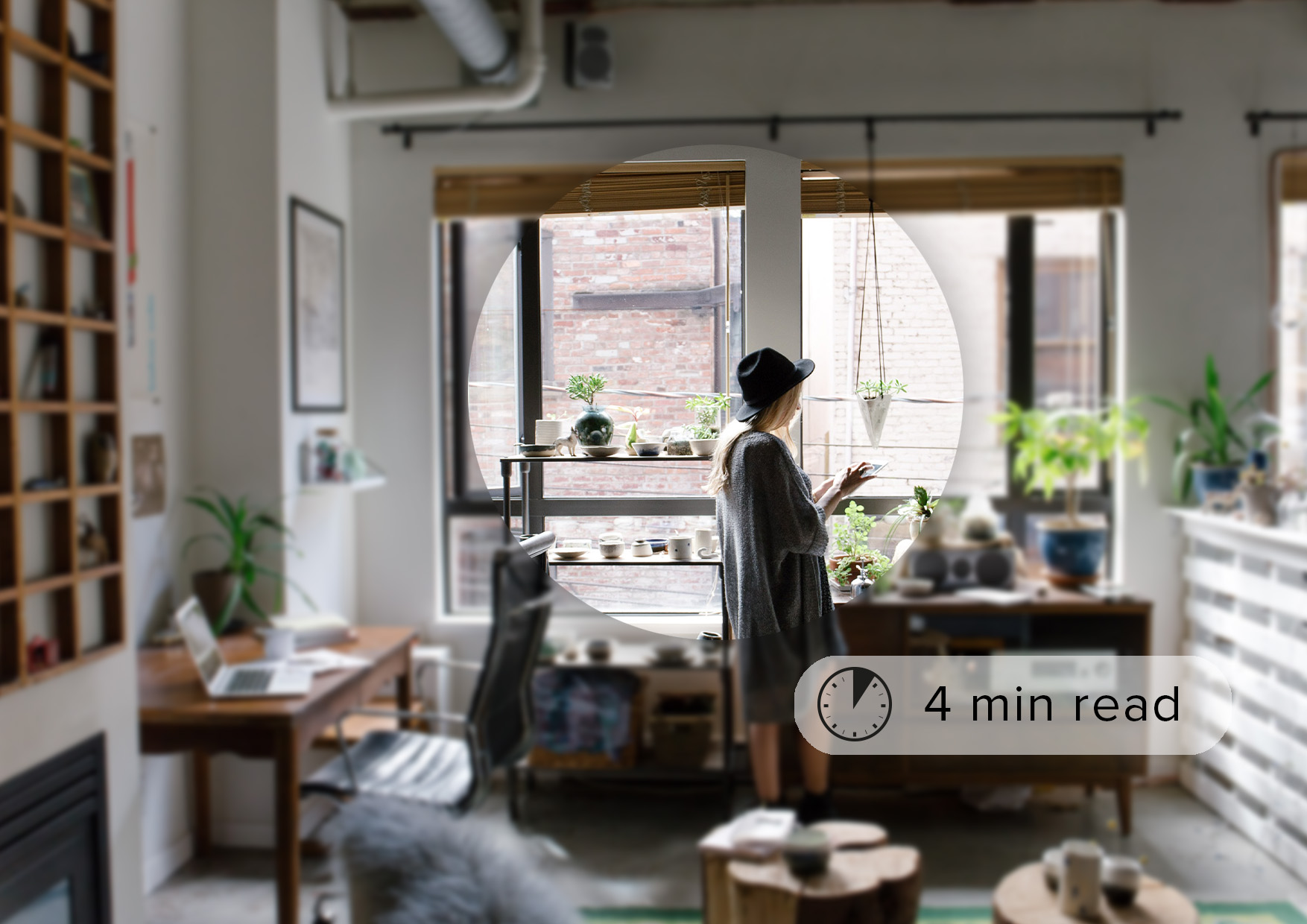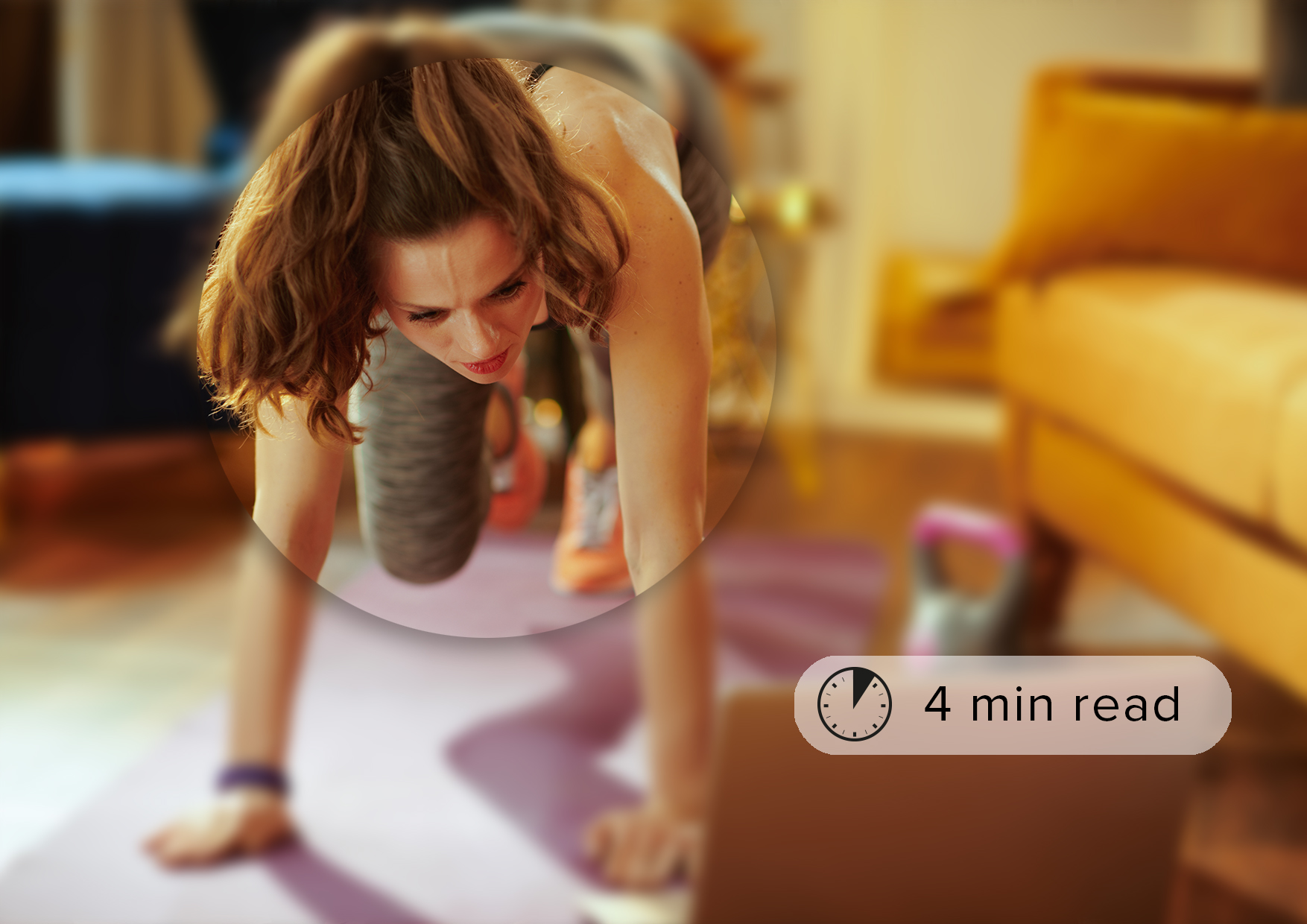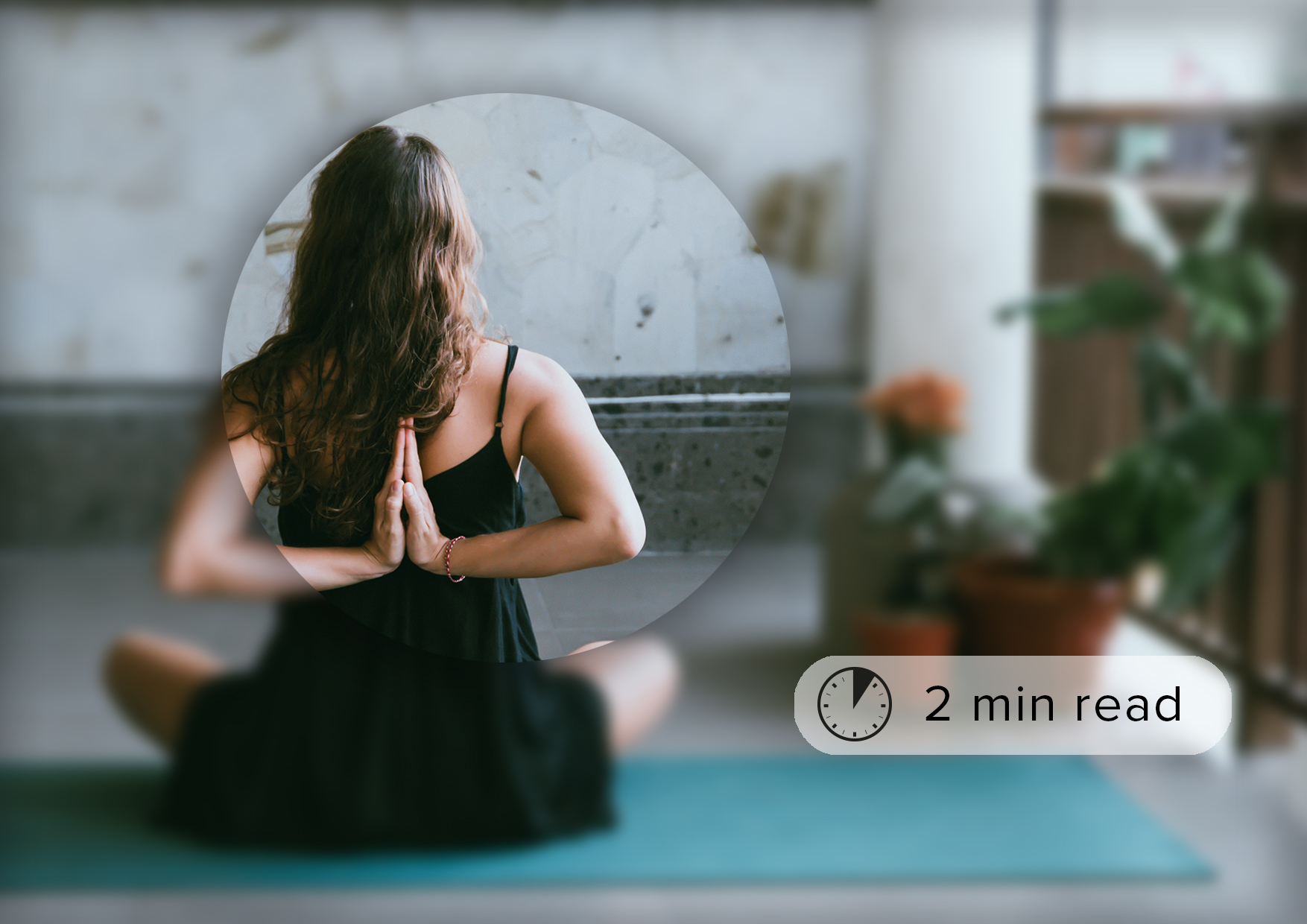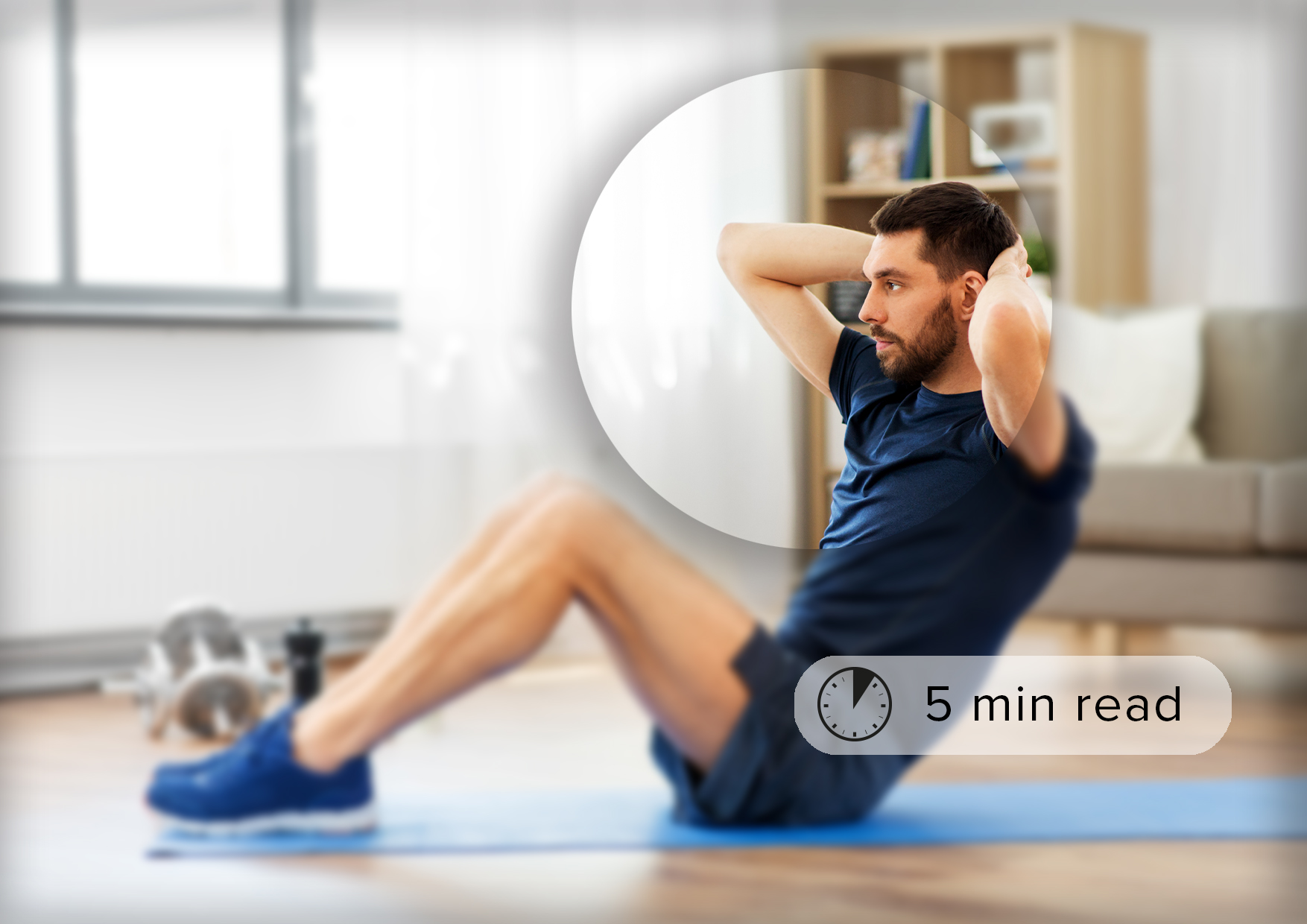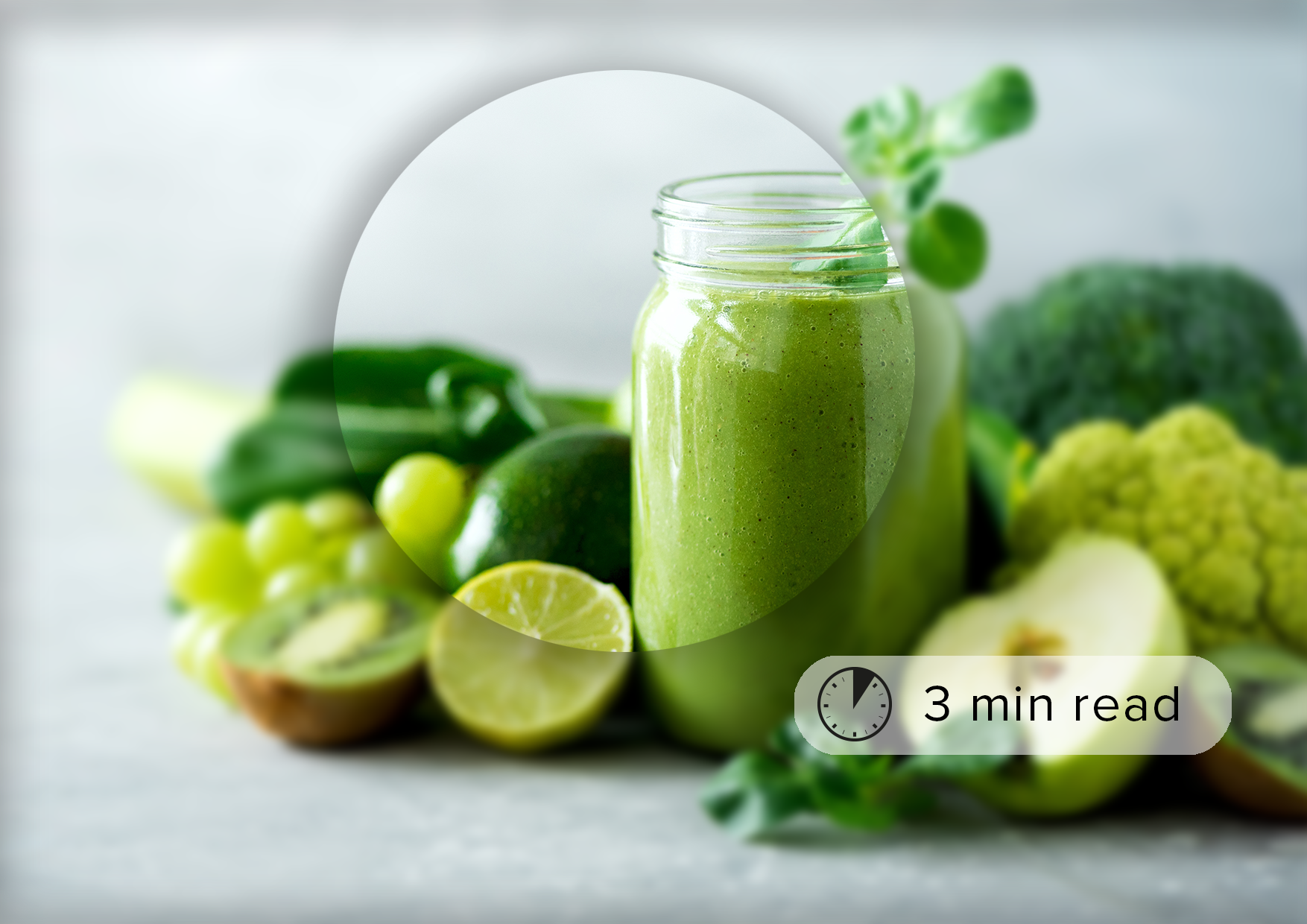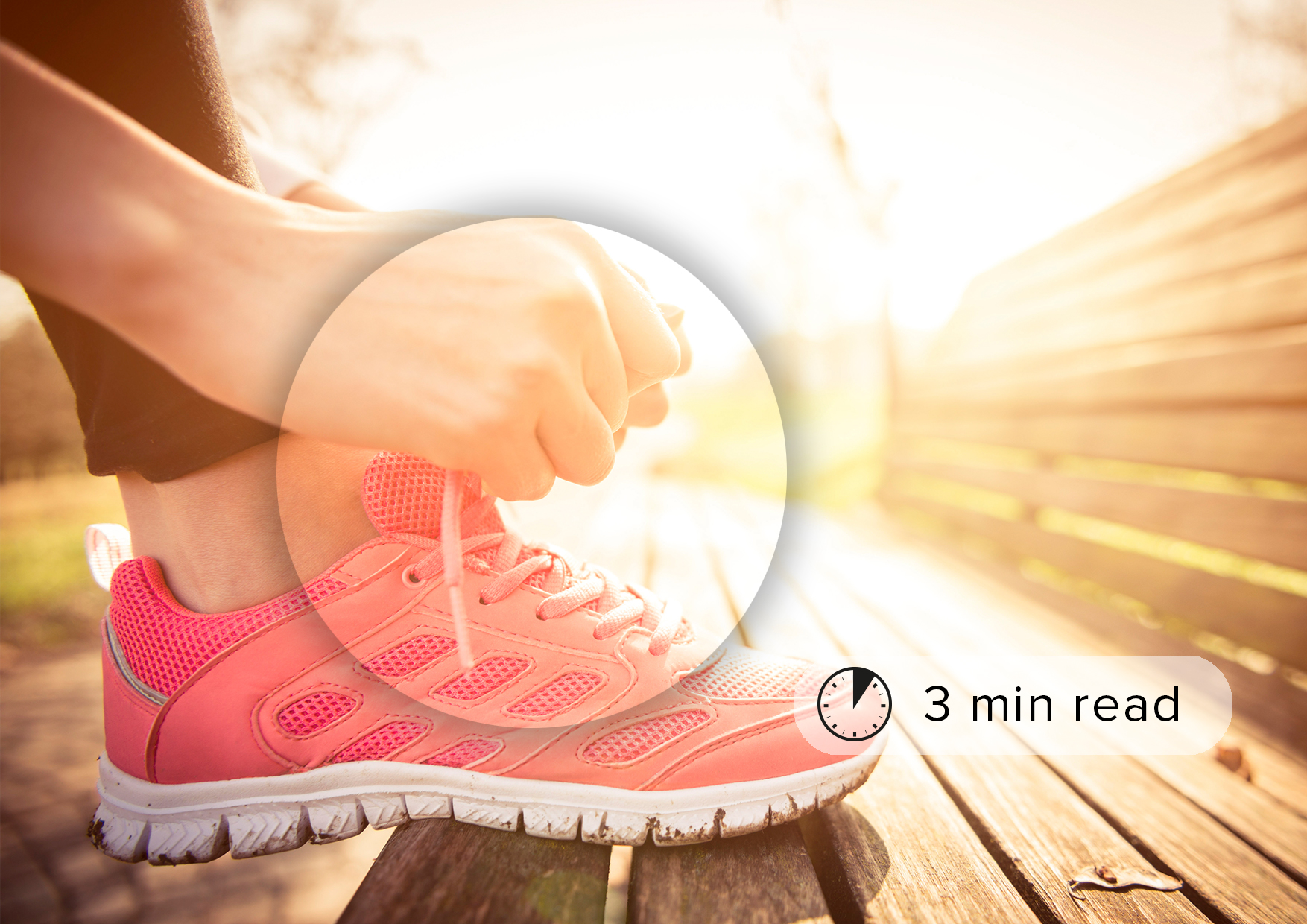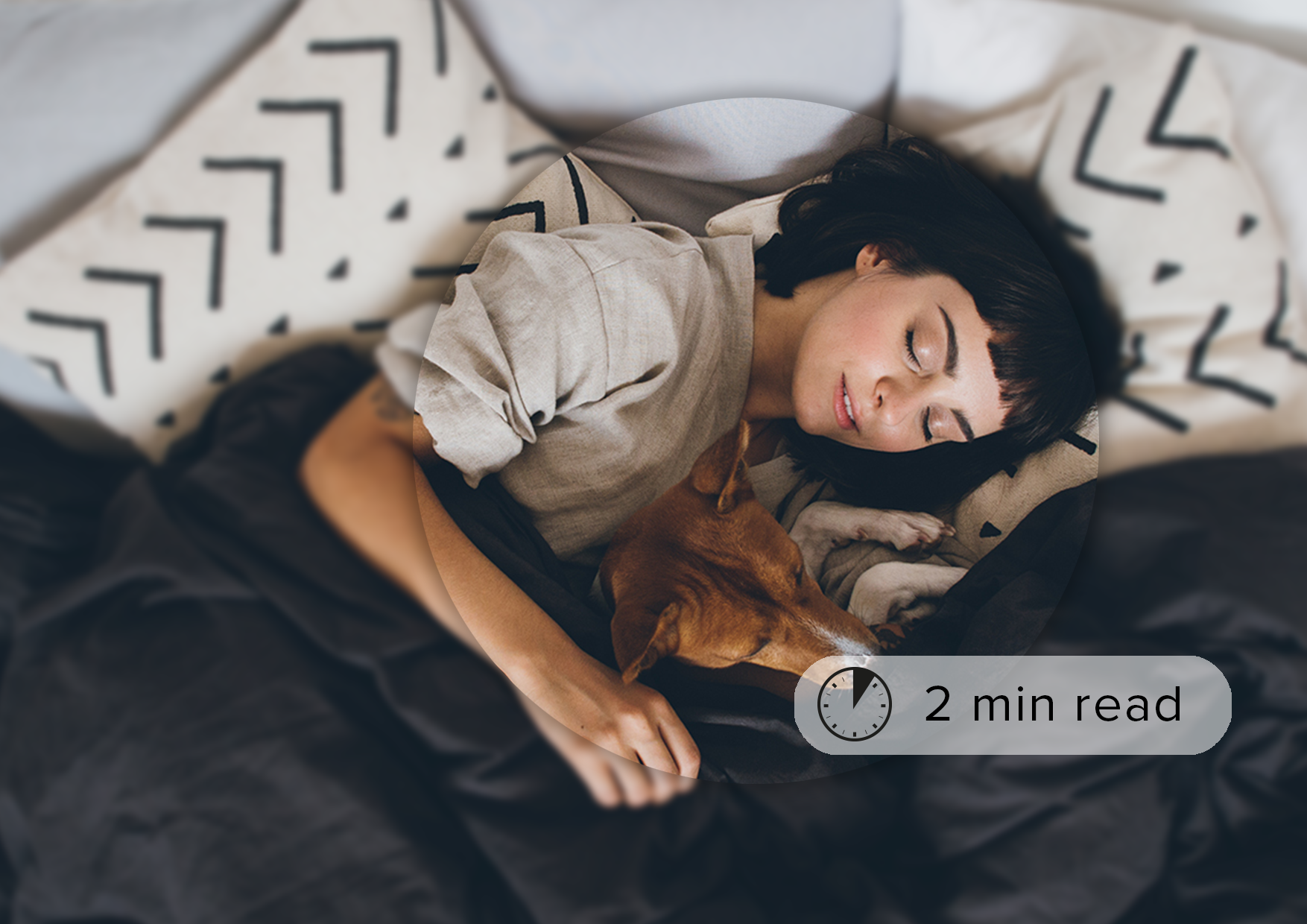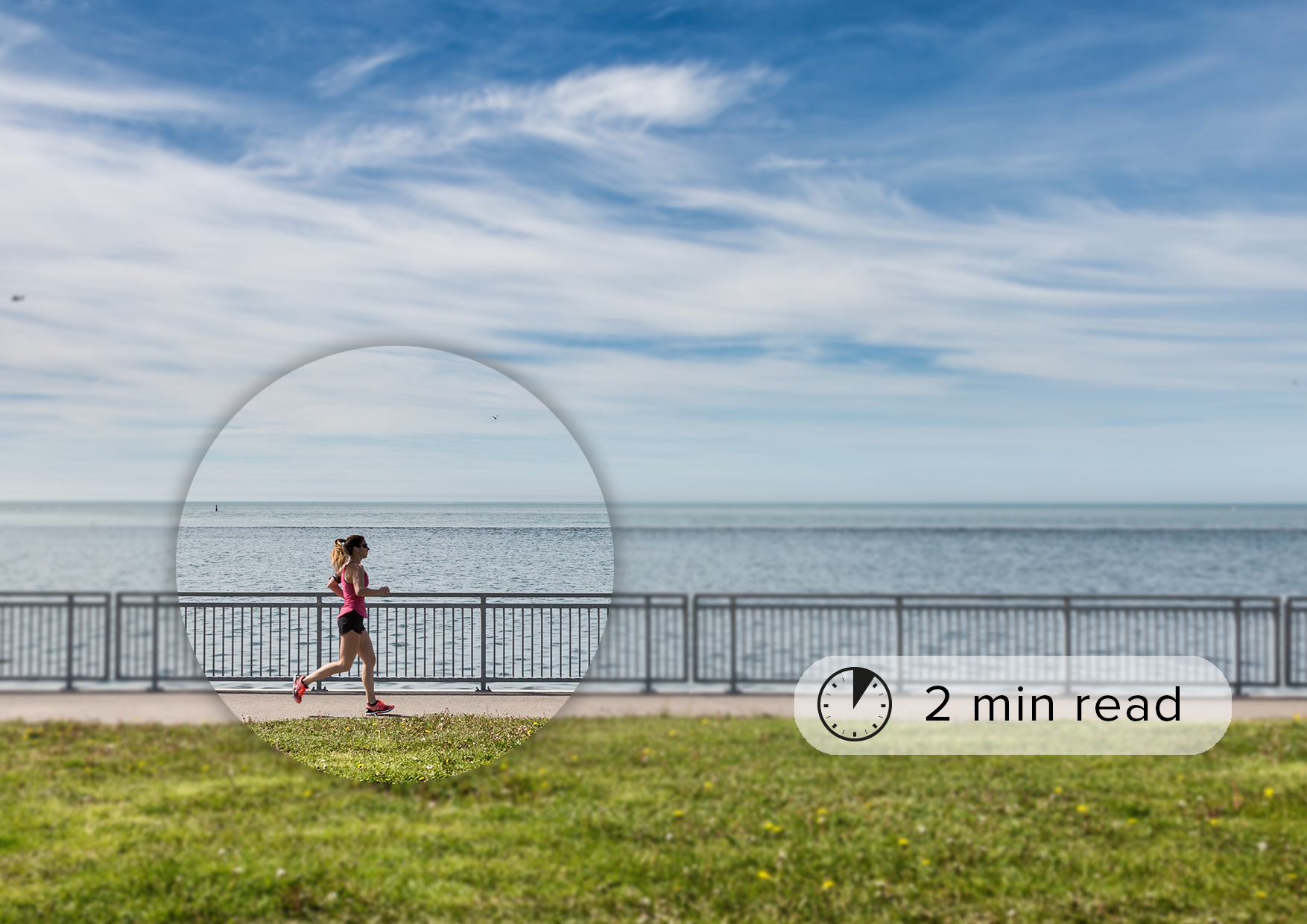5 ways to look after you mental health while at home
Our daily lives are almost unrecognisable in comparison with a couple of months ago. If you’re lucky enough to be working, it’s likely you’re now working from home and finding new ways to do your job, as well as interact with colleagues and loved ones. Spending most of your time indoors can bring its own challenges though, so we’ve put together our top five tips to help you look after your mental health.
Keep active
Exercising can have great benefits for your mental health because the release of endorphins during physical activity can help lift your mood. The latest Government guidance says we can go outside to exercise, so you can use this opportunity to stretch your legs and breathe in some fresh air. Don’t feel the pressure to run, cycle or do anything too strenuous if you don’t feel up to it though – do what’s right for you. The NHS recommends 150 minutes exercise per week, which can be done by walking. But if you’re looking for some inspiration for home workouts, we’ve got a whole blog about them here. Also make sure you get up from where you’re working and move around regularly – at least once an hour!
Communication is key
Working from home can leave you feeling quite isolated, so it’s important to stay connected with other people. Regular chats and reassurance from others can help calm feelings of anxiety, so use video calls where possible. Apps like Skype, Zoom, FaceTime and WhatsApp all allow you to see your colleagues and friends face to face. And it might sound obvious, but just because you can’t see your colleagues and loved ones, doesn’t mean they’re not there.
Create a good working environment
It can be hard to replicate your office set-up at home, but our top tip is to try to create a space where you want to work. Natural light and fresh air, as well as a good desk chair and correctly set-up screen will help you feel more comfortable. Try to personalise your space with photos and desk plants. Bringing nature into your life can benefit your mental wellbeing by improving your mood, reducing feelings of stress or anger, and help you feel more relaxed. And if you can, try to have separate work and living spaces – this will help you distinguish between the two in your mind so you can ‘leave’ the office at the end of the day.
Keep your mind occupied with the right stuff
Find ways to relax, be creative and keep your mind stimulated with positive things. Whether it’s crafting, trying new recipes, writing or just putting some music on to sing and dance to, research has shown these activities can help boost your mental health. Arrange calls, catch-ups, and quizzes with your friends and family. Also, if the news worries you – try to limit how much you watch and read, and only from sources you trust.
Eat well and stay hydrated!
You might find your appetite changes slightly as your routine changes, but it’s still really important to eat regularly and stay hydrated. As well as the physical health benefits of a healthy diet, mental health charity Mind tell us eating healthily can improve your mood, give you more energy, and help you think more clearly. Try to eat healthy, well-balanced meals and plan in healthy snacks throughout the day that’ll stop you reaching for the biscuit tin. The same goes for staying hydrated – if you don’t drink enough fluid, you might find it difficult to concentrate or think clearly.
There’s lots of help and support available, so make the most of it! As well as the care network of your family, friends, and colleagues there are loads of free resources out there to help. Most companies have Employee Assistance Programmes to support their employees and there are also loads of great apps to help with mindfulness, meditation and relaxation techniques.
And finally, remember – we’re in lockdown. Just getting through this is an achievement in itself. So give yourself some well-deserved credit. Find what works for you and do that. Take care and stay safe.

